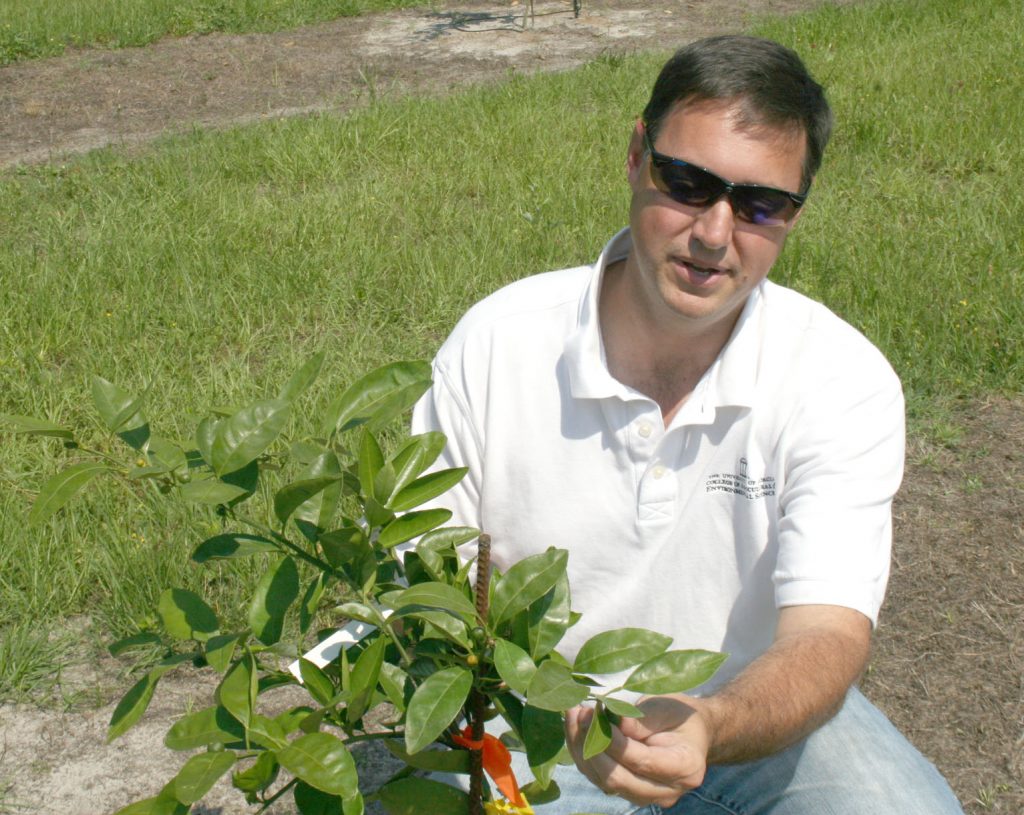
By Clint Thompson
Georgia’s citrus production could flood the market in less than three years. By 2024, there is projected to be more than 59 million pounds of citrus ready for harvest, says Jake Price, University of Georgia Lowndes County Extension coordinator. That is compared to 8.4 million pounds that is ready for harvest this year.
“You can average three per pound. Multiply that number by three and that’s how many pieces of fruit you’ll probably have,” Price said.
So, in three years, an estimated 180 million citrus fruit in Georgia will need a home. While Georgia production continues to grow, interested producers need to pause and consider the ramifications of planting more satsuma mandarins; the fruit that comprises the majority of Georgia citrus.
Consult Buyers
Growers need to consult buyers and make sure a market is in place to handle more satsumas being planted. An estimated 2,300 of the 2,700 Georgia citrus acre is comprised of satsumas already.
“I would talk to a buyer who you want to buy your fruit and ask them what they want. They will know what they can sell and what they may not can sell,” Price said. “You don’t want to plant 20 acres of satsumas and then not have a market for your 20 acres. Everybody else has got a lot and wants to sell them at the same time. If there’s a market for them that’s a good thing. Just make sure that you’re going to have a market.
“I talked to one of the guys who has a packinghouse, and he says that the demand looks strong. There may be plenty of market for this fruit. If I was growing them, I would call one of these guys and see what their thoughts are. They’re talking to the grocery stores and everything else about how much they want.”
Short Harvest Window
Another factor to consider is the short harvest window, which is about 4 to 5 weeks. Satsumas lose quality quickly on the tree after they ripen. They can turn soft and puffy. Producers will need to harvest their fruit in a timely manner and sell at the same time.
Satsuma growers also produce a higher percentage of culls than other citrus. About 95% of culled fruit were culled because of size.









